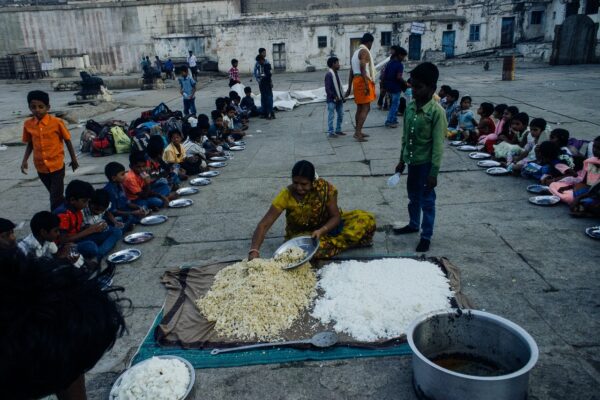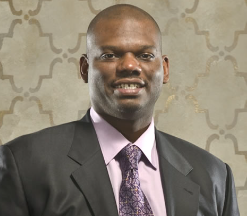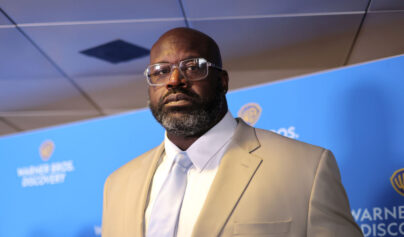The richest 10 percent of the world’s population control 76 percent of the wealth, while the poorest 50 percent control two percent. That’s according to 24/7Wall St. This enormous gap between the world’s poorest people and the richest continues to grow.
Currently, there are 2,755 billionaires in the world, Forbes recently reported. That number is up by 660 people from 2021. A new billionaire is made every 17 hours.

An individual adult in the poorest half of the world’s population makes on average $3,920 annually, compared to the $122,100 per year an adult in the top 10 percent earns, found WID.world’s 2022 World Inequity Report.
In terms of wealth, an individual adult in the poorest half of the population owns on average $4,100. An individual at the top 10 percent owns $771,300. This is 188 times more wealth of an average individual in the bottom half.
There are certain countries where the wealth inequality are higher than others. In Lebanon, for example, the wealth gap between the top 10 percent and bottom 50 percent stands at more than 2,800 times, 24/7 Wall St. reported. 24/7 Wall St. used wealth inequality data from WID.world’s (World Inequality Database) 2022 World Inequality Report to figure out which countries have the highest wealth inequalities.
In Lebanon, which has a gross national income per capita of $11,840, the top 10 percent hold 79 percent of the wealth, while the bottom 50 percent hold a mere 0.14 percent.
The country with the worst wealth gap between the top 10 percent and the bottom 90 percent was South Africa. The top 10 percent held 86 percent of the wealth. The wealth share of those households in the bottom 50 percent was in the negative, at -2.44 percent.
The United States placed number 29 on the 24/7 Wall St. list of countries with the worst wealth inequality. The top 10 percent control 71.12 percent of the wealth. While the bottom 50 percent have control of just 1.48 percent of the country’s wealth. The GNI of the U.S. per capita in 2020 was $64,610, the ninth highest of 156 countries.




